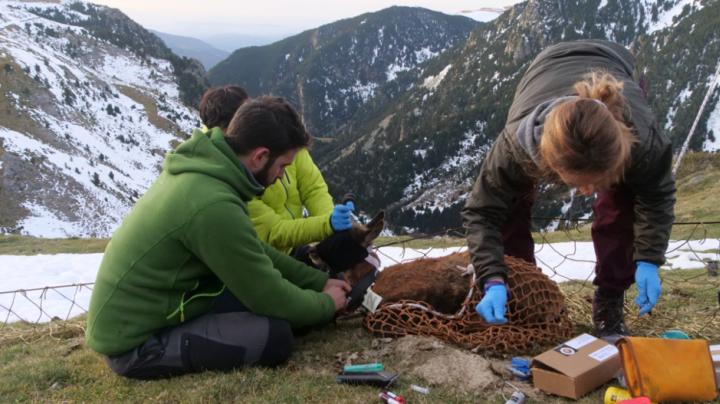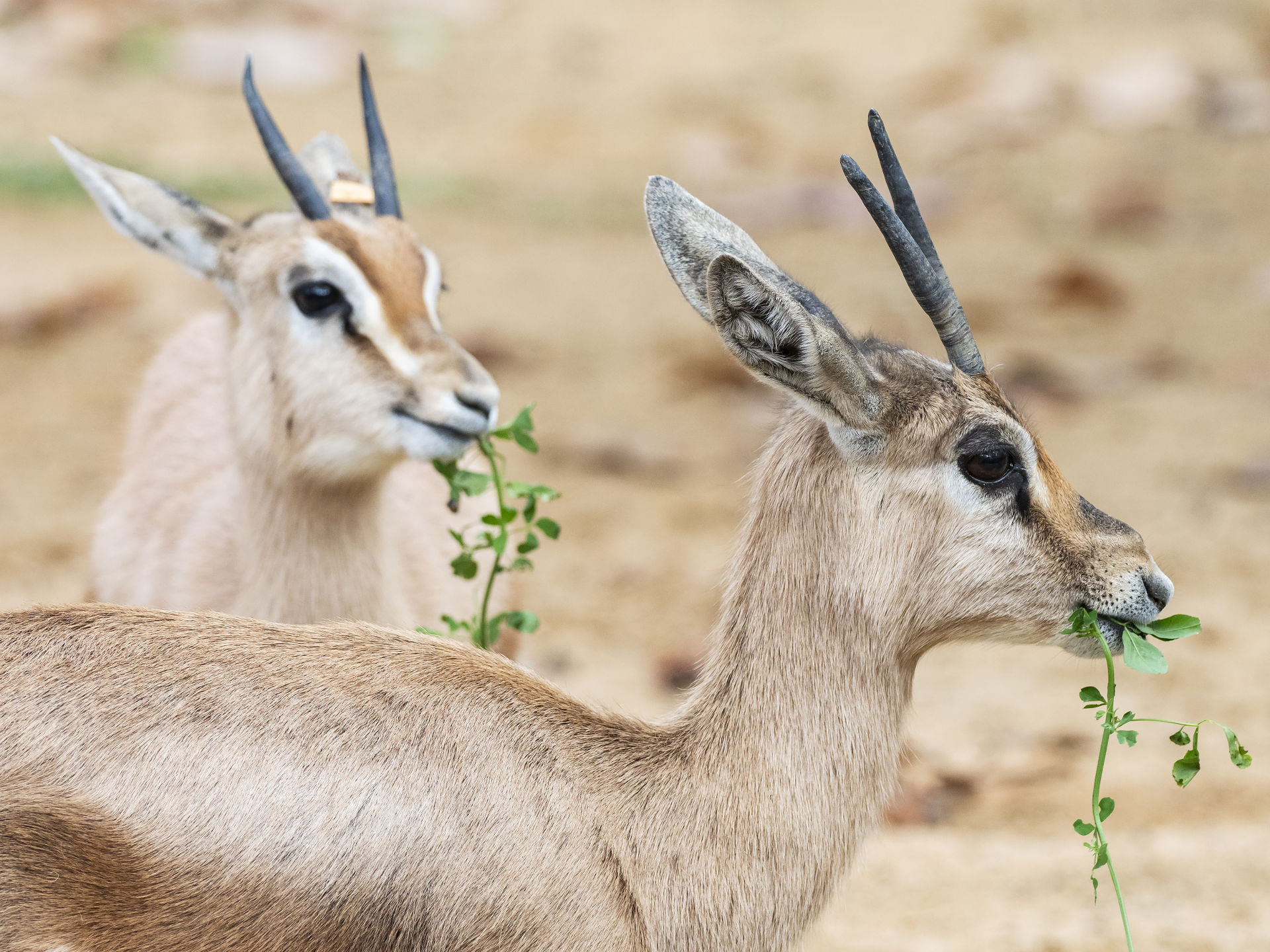
Pyrenean chamois (Rupicapra pyrenaica pyrenaica) populations face a series of factors which may jeopardise their viability as a species in the next 20 to 30 years: climate change, changes in the uses of mountain pastures, isolation of sub-populations and reduction of genetic variability, existing diseases and the emergence of new diseases. Pyrenean chamois populations are currently suffering episodic mortality caused by an emerging virus: border disease virus (BDV, pestivirus). The impact of this virus in the medium to long term for this hoofed mountain animal remains uncertain as it has never before been exposed to a virus virulent enough to cause the high mortality rates being observed.
The general goal of this project is the conservation of the Pyrenean chamois by defining the distribution and movement patterns of the species using satellite tracking in the Catalan Pyrenees. The data generated will further our knowledge of the biology and ecology of this species, allowing the following specific goals to be achieved:
1) to monitor the state of health of matriarchal groups of tagged chamois
2) to describe how movement patterns of groups of chamois affect the spread of pestivirus among the species in the Catalan mountain ecosystem
3) to forecast the behaviour of current and future infectious diseases among populations of Pyrenean chamois
4) to identify areas of geographical interest for the chamois during summer and winter. The identification of these areas makes them zones where action can be taken if situations arise which are critical for the species.



